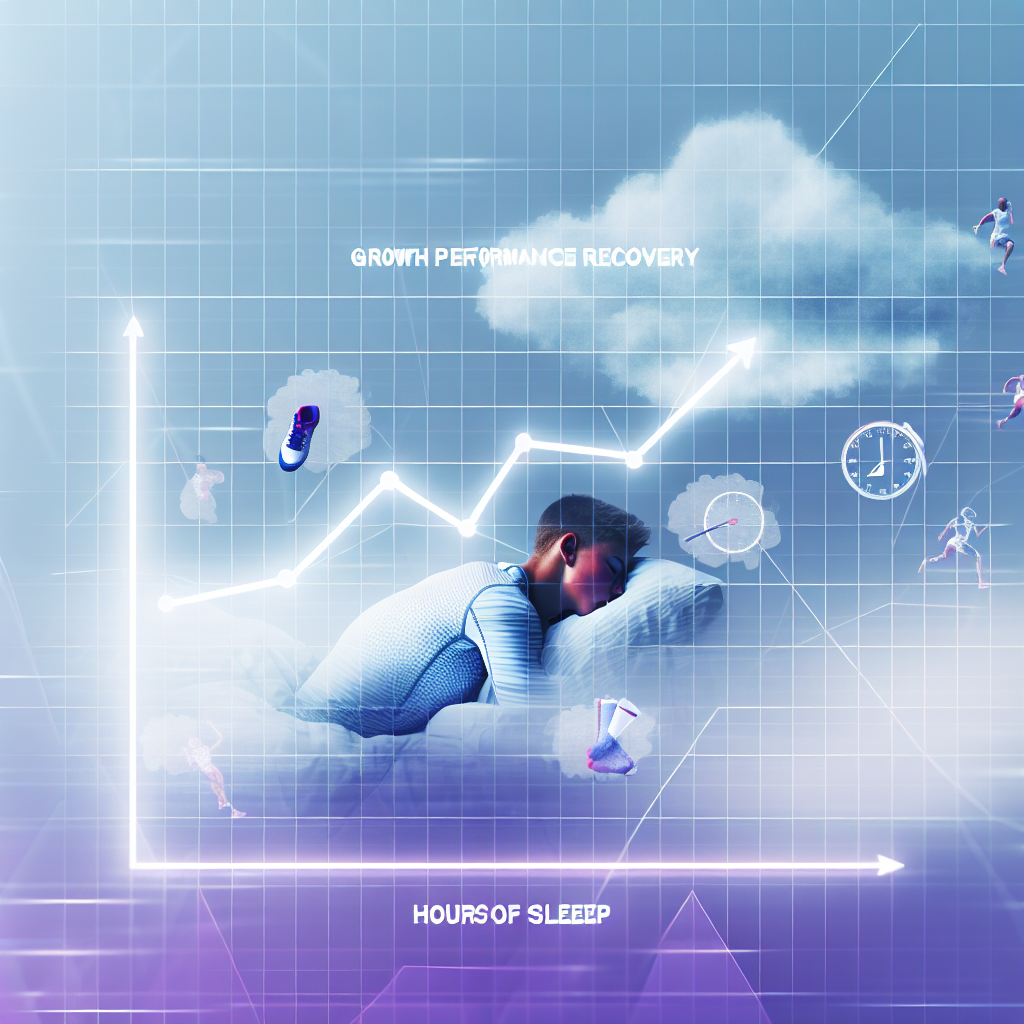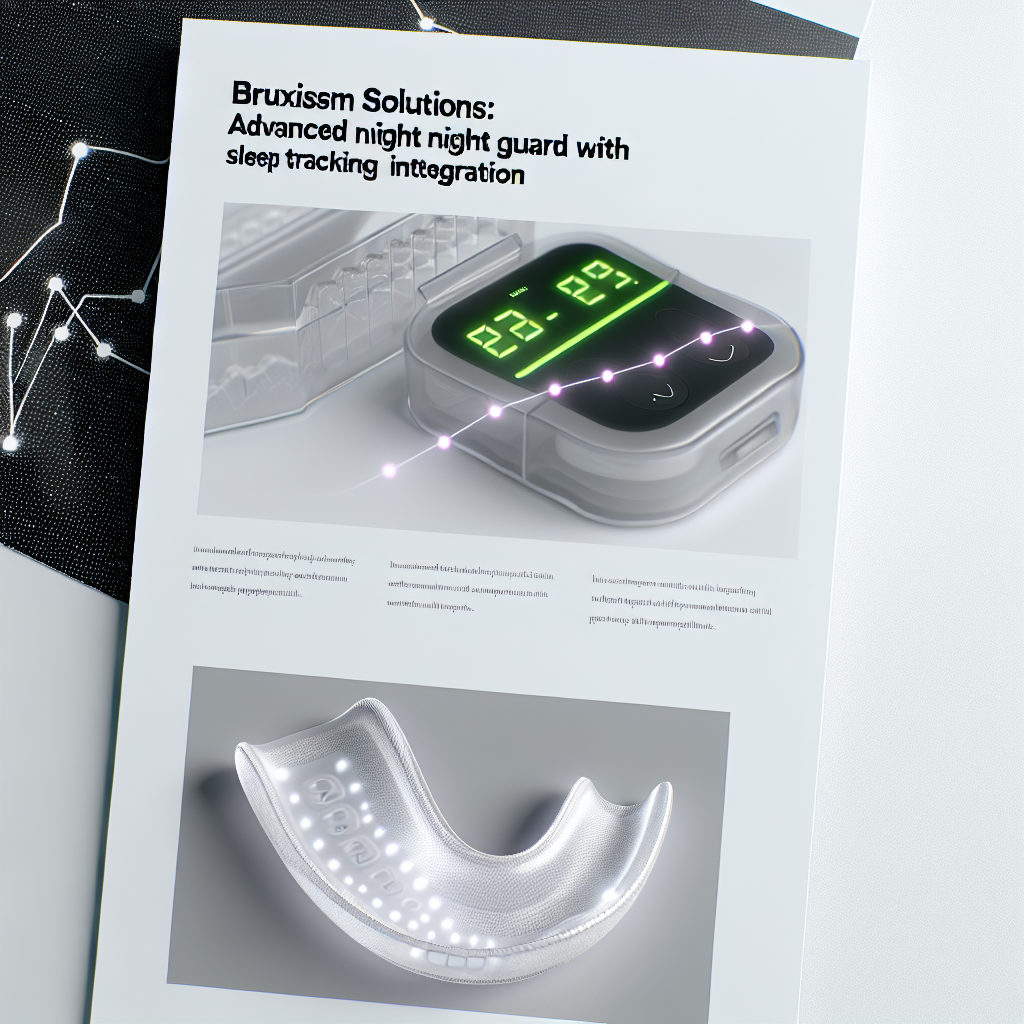Peak Performance Recovery: Adolescent Athlete Sleep Systems for Growth Optimization
In the world of adolescent athletics, performance enhancement often centers on nutrition, training techniques, and mental focus. However, a vital element that is often overlooked is one of the most powerful tools for recovery and growth—sleep. Sleep health is not merely a passive downtime; it is an active physiological process that harmonizes brain function, encourages tissue repair, and regulates hormone secretion. For adolescent athletes, whose bodies are already undergoing profound physical and neurological development, sleep becomes even more critical.
The Science of Sleep: How Rest Transforms Adolescent Performance
The connection between sleep and athletic performance in adolescents isn’t conjecture—it’s backed by a wealth of scientific research. Several peer-reviewed studies have demonstrated direct correlations between quality sleep and athletic output, reaction times, mood regulation, and injury prevention among teen athletes.
A standout study by Mah et al. (2011) at Stanford University found that increasing sleep duration among collegiate basketball players significantly improved performance metrics, including faster sprint times and improved shooting percentages. While this study focused on older youth, the implications translate seamlessly to adolescent athletes, whose physical development stages require even more restorative sleep.
During sleep—especially deep slow-wave sleep—the body secretes the highest volumes of human growth hormone (HGH), which is essential for muscle repair and tissue regeneration. Moreover, teenage brains experience critical neurological restructuring during REM (rapid eye movement) sleep, linked to improved cognitive function, decision-making in high-pressure games, and emotional resilience—key factors in sports performance.
Building a Winning Routine: Proven Sleep Systems for Teen Athletes
To foster peak recovery and growth, adolescent athletes must implement structured sleep systems that include:
– ⚙️ Regular sleep-wake times (even on weekends)
– 🌙 A sleep-friendly environment (cool, dark, and quiet room)
– 📵 Reducing screen time before bed
– 🧘♂️ Incorporating mindfulness or relaxation techniques
– 📱 Utilizing technology like blue light filters, sleep-tracking wearables, and meditation apps
When these elements are practiced consistently, they form a scalable system that can improve sleep hygiene and maximize an adolescent athlete’s potential for performance and recovery.
The Ultimate Performance Hack: Prioritizing Sleep for Growth and Longevity
In the quest for athletic excellence, the road to success is not always paved with more drills, heavier weights, or extra hours of practice—sometimes, it starts with something much simpler: quality sleep. For adolescent athletes, whose bodies and brains are in active states of growth and development, sleep is a cornerstone that supports every other element of performance, recovery, and resilience.
Coaches, parents, and athletes themselves must prioritize sleep as seriously as they do meal planning and training schedules. Creating a tailored sleep system—with established routines, sleep-friendly environments, and a commitment to digital discipline—can offer young athletes their greatest competitive advantage yet.
In conclusion, the journey to peak performance for adolescent athletes must align with biological rhythms and recovery science. By making restorative sleep a foundational training strategy, we empower the next generation of champions to grow stronger, perform better, and enjoy injury-free careers built on the bedrock of sleep health.
References
- Mah, C. D., Mah, K. E., Kezirian, E. J., & Dement, W. C. (2011). The effects of sleep extension on the athletic performance of collegiate basketball players. Sleep, 34(7), 943–950.
- Carskadon, M. A. (2011). Sleep in Adolescents: The Perfect Storm. Pediatric Clinics of North America, 58(3), 637–647.
- Milewski, M. D., et al. (2014). Chronic Lack of Sleep is Associated With Increased Sports Injuries in Adolescent Athletes. Journal of Pediatric Orthopaedics, 34(2), 129–133.
- Mindell, J. A., Meltzer, L. J. (2008). Sleep Patterns and Sleep Disruptions in School-Aged Children. Social Science & Medicine, 66(3), 694–706.
For more information on sleep health and holistic recovery strategies, visit medoze.com.
Concise Summary:
Adolescent athletes require robust recovery systems to optimize performance and growth. This article explores the science behind the central role of sleep in muscular repair, memory consolidation, metabolic health, and injury prevention. It outlines evidence-based sleep systems and actionable strategies to enhance recovery and maximize potential during these formative years.

Dominic E. is a passionate filmmaker navigating the exciting intersection of art and science. By day, he delves into the complexities of the human body as a full-time medical writer, meticulously translating intricate medical concepts into accessible and engaging narratives. By night, he explores the boundless realm of cinematic storytelling, crafting narratives that evoke emotion and challenge perspectives.
Film Student and Full-time Medical Writer for ContentVendor.com




